UV76
Established
Japanese magazine "Shashin Kogyo" in the late 70s benchmarked central resolution power of Summicron 50mm f2 vs Fujnon 4.5cm f1.9. Fujinon turned out to be better at f5.6
Here are some sample imagaes using Fujica 35 SE and EE with Fujinon 4.5cm f1.9 lens mounted.
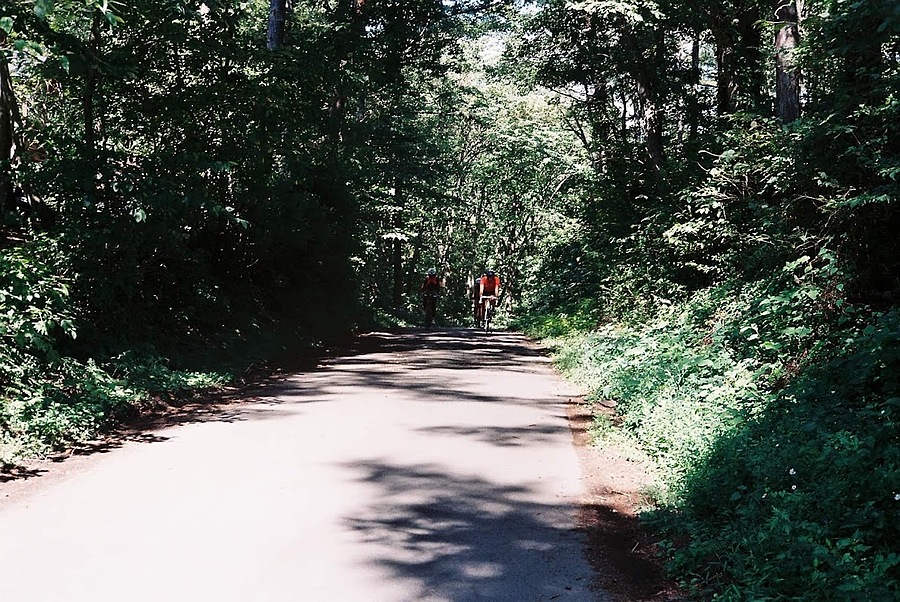
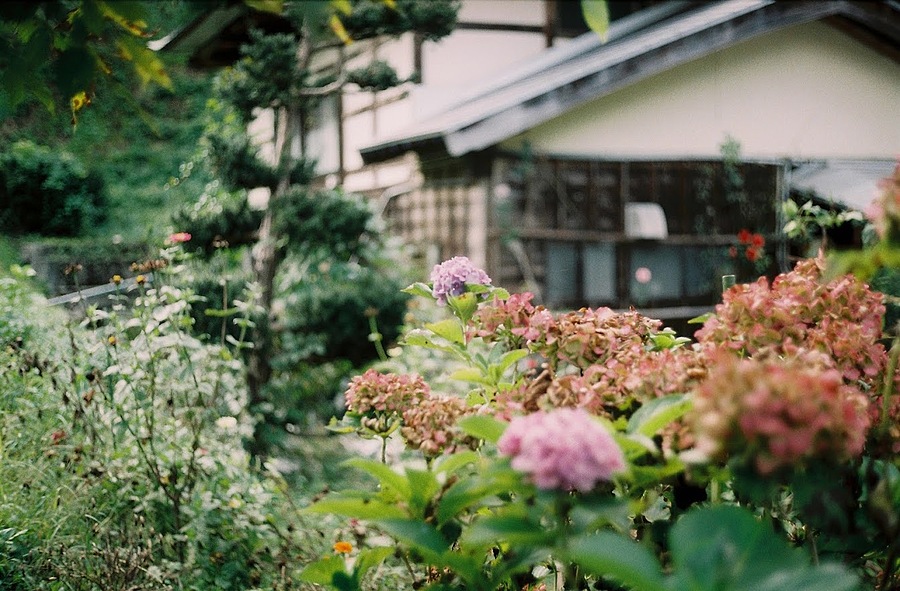
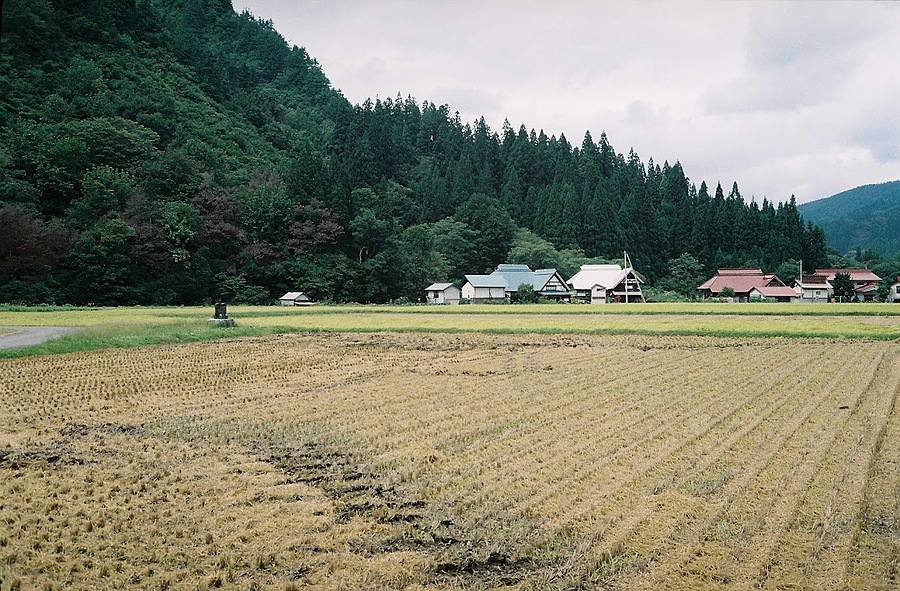
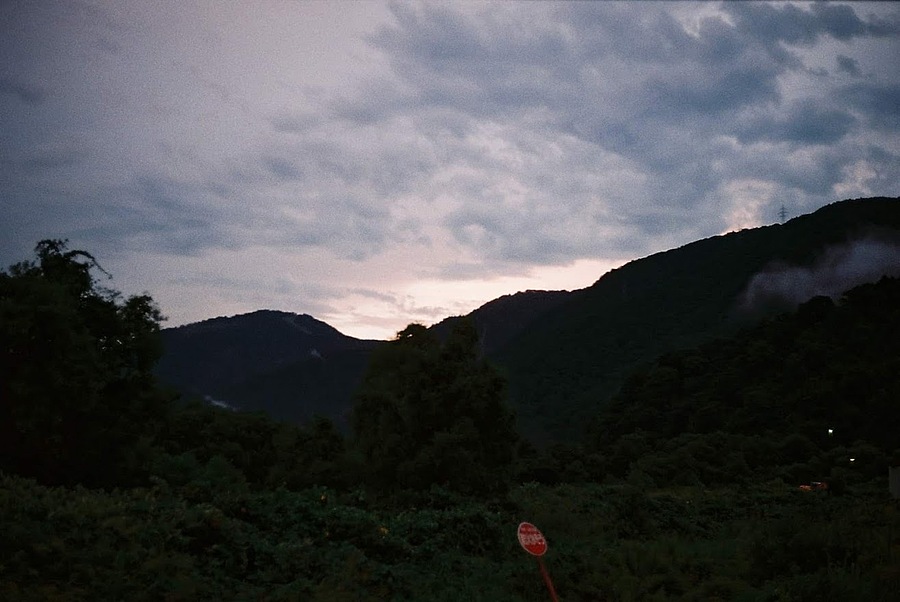
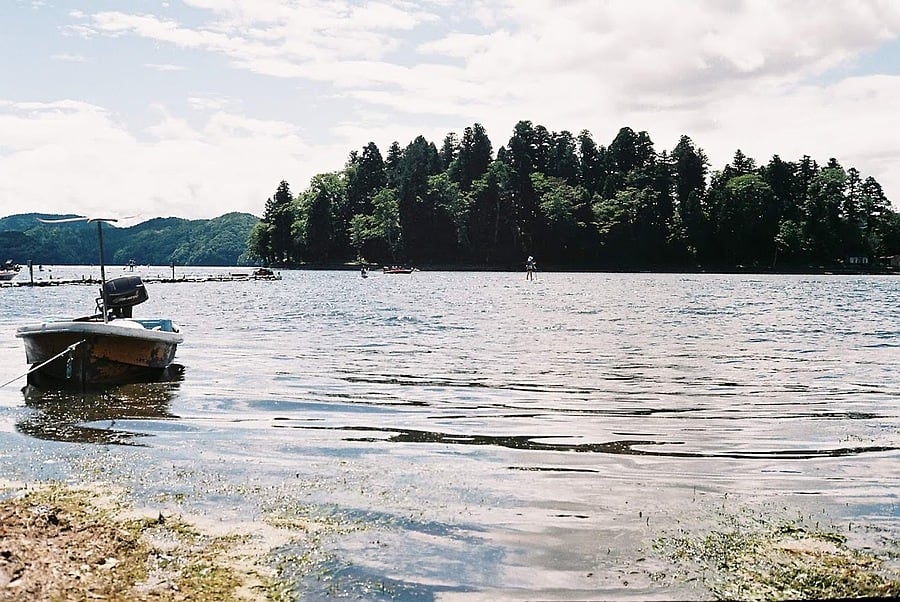
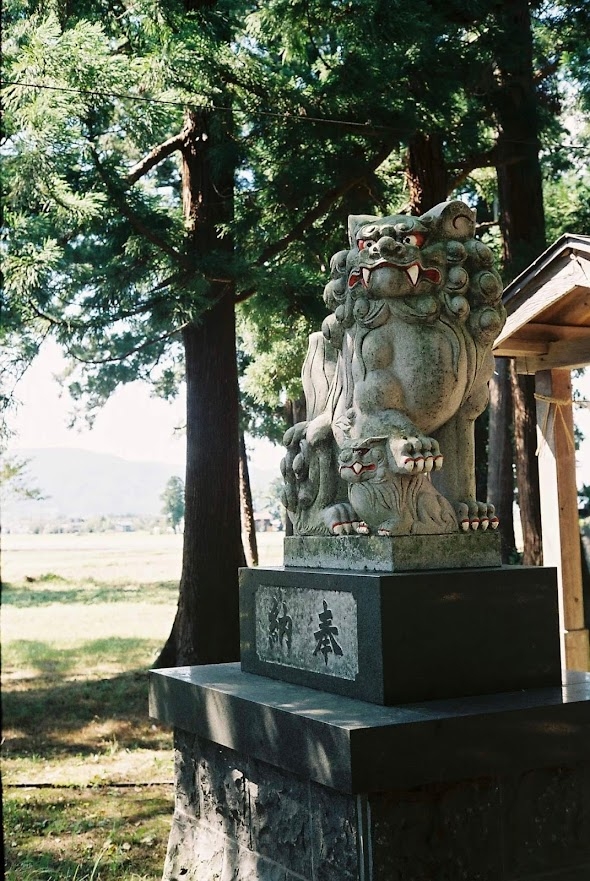
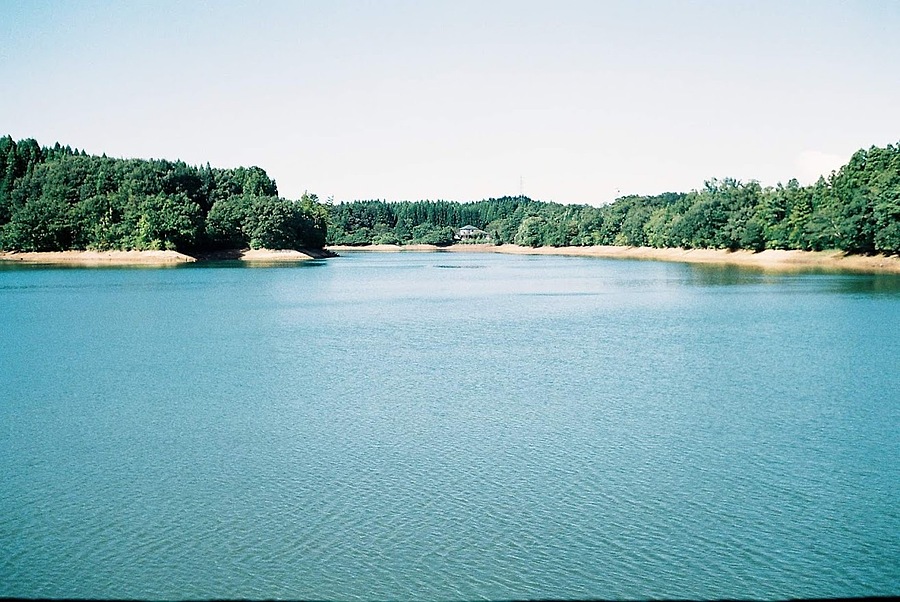
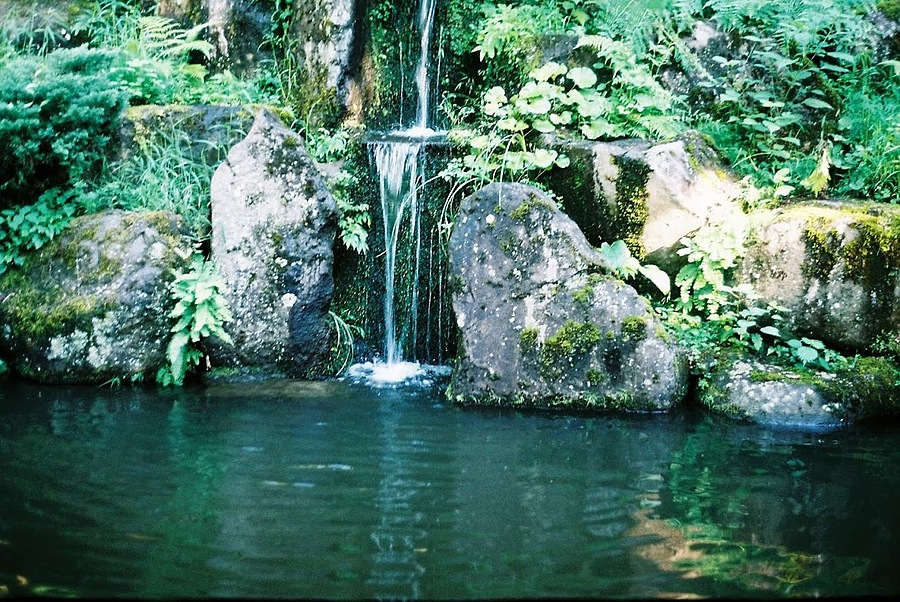
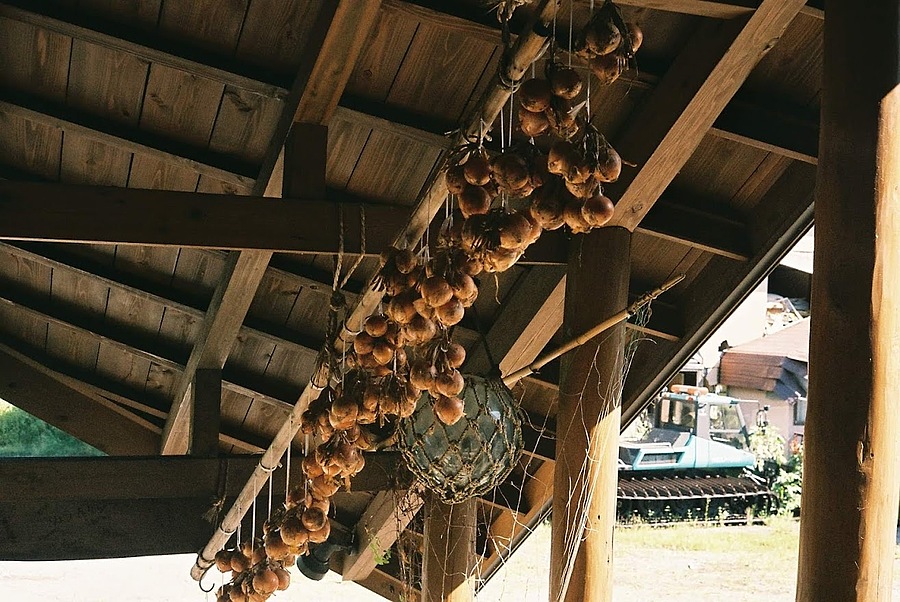
Here are some sample imagaes using Fujica 35 SE and EE with Fujinon 4.5cm f1.9 lens mounted.
Ernst Dinkla
Well-known
Before I found that translated list of the Japanese test results I made a translated list myself with the help of Google. Meanwhile I have some questions on the testing method though where I did not find an answer on. Were the lenses tested based on the rangefinder accuracy or was the lens tested directly by other means? There is an odd difference between the EE ans SE results, either because the lenses did not perform equal or the rangefinder calibration is off on the EE. I have an EE Fujinon 45mm 1.9 lens remounted to Sony FE mount and while it is very sharp in the center there seems to be quite some field curvature in the images I get. Maybe the design differs from the SE variant. BTW. not really smearing as a result of an FF sensor. Vignetting or CA in the corners is no issue either on that sensor.
So far I converted about 10 compact camera lenses Most cameras were dead, sometimes lens issues like aperture blades loose of a Petri 45mm 1.8. I would not say the Fujinon is the best lens I converted but for portraiture it is fine. The Color-Yashinon DX 45mm 1.7 of a Yashica 35 GS is better for more tasks in my opinion. Worst is the Canon 45mm 1.9 of the first Canonet, corner smearing and vignetting counted. Some relation to the actual measured focal lengths could play a role here, the Canon is near 44mm while the Yashinon is 46mm. A Petri 45mm 1.8 of the Petri 7 is near 47mm, a fine lens with an 8 blade aperture (reconstructed).
So far I converted about 10 compact camera lenses Most cameras were dead, sometimes lens issues like aperture blades loose of a Petri 45mm 1.8. I would not say the Fujinon is the best lens I converted but for portraiture it is fine. The Color-Yashinon DX 45mm 1.7 of a Yashica 35 GS is better for more tasks in my opinion. Worst is the Canon 45mm 1.9 of the first Canonet, corner smearing and vignetting counted. Some relation to the actual measured focal lengths could play a role here, the Canon is near 44mm while the Yashinon is 46mm. A Petri 45mm 1.8 of the Petri 7 is near 47mm, a fine lens with an 8 blade aperture (reconstructed).
flavio81
Well-known
Before I found that translated list of the Japanese test results I made a translated list myself with the help of Google. Meanwhile I have some questions on the testing method though where I did not find an answer on. Were the lenses tested based on the rangefinder accuracy or was the lens tested directly by other means? There is an odd difference between the EE ans SE results, either because the lenses did not perform equal or the rangefinder calibration is off on the EE. I have an EE Fujinon 45mm 1.9 lens remounted to Sony FE mount and while it is very sharp in the center there seems to be quite some field curvature in the images I get. Maybe the design differs from the SE variant. BTW. not really smearing as a result of an FF sensor. Vignetting or CA in the corners is no issue either on that sensor.
So far I converted about 10 compact camera lenses Most cameras were dead, sometimes lens issues like aperture blades loose of a Petri 45mm 1.8. I would not say the Fujinon is the best lens I converted but for portraiture it is fine. The Color-Yashinon DX 45mm 1.7 of a Yashica 35 GS is better for more tasks in my opinion. Worst is the Canon 45mm 1.9 of the first Canonet, corner smearing and vignetting counted. Some relation to the actual measured focal lengths could play a role here, the Canon is near 44mm while the Yashinon is 46mm. A Petri 45mm 1.8 of the Petri 7 is near 47mm, a fine lens with an 8 blade aperture (reconstructed).
Hi,
The OP says the lens has "more resolution" than the Summicron 50/2. Resolution is only one aspect evaluating a lens, there's also contrast, focus shift, distortion, vignetting, spherical aberration, quality of the out-of-focus area, longitudinal CA, lateral CA...
I personally consider "quality of OOF areas" paramount, then contrast!
Question, how do you measure the actual focal length?
Share:

